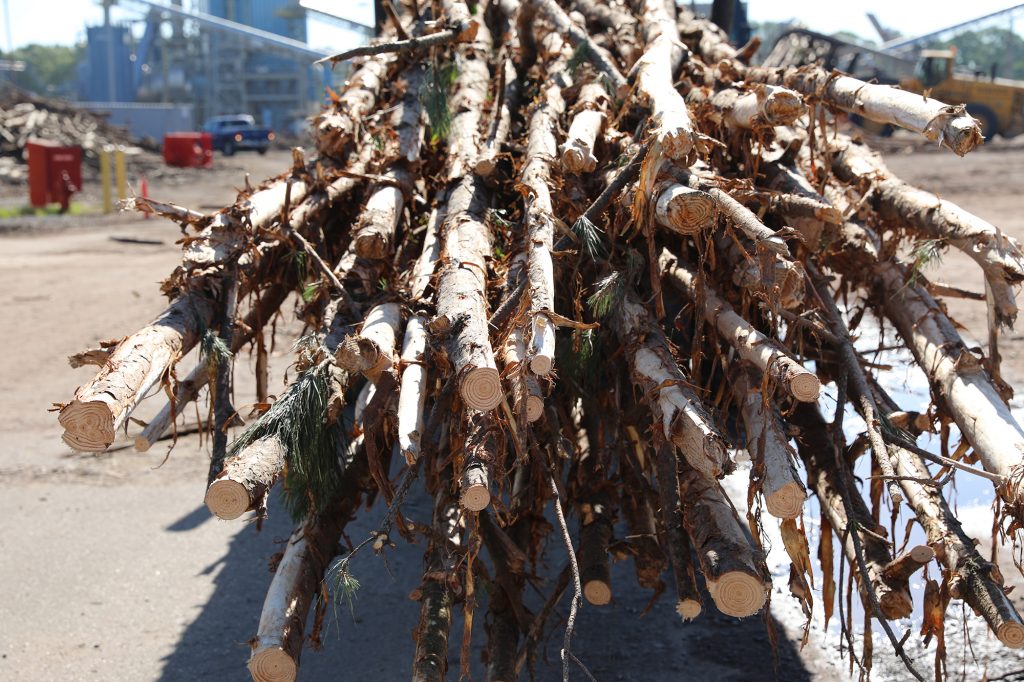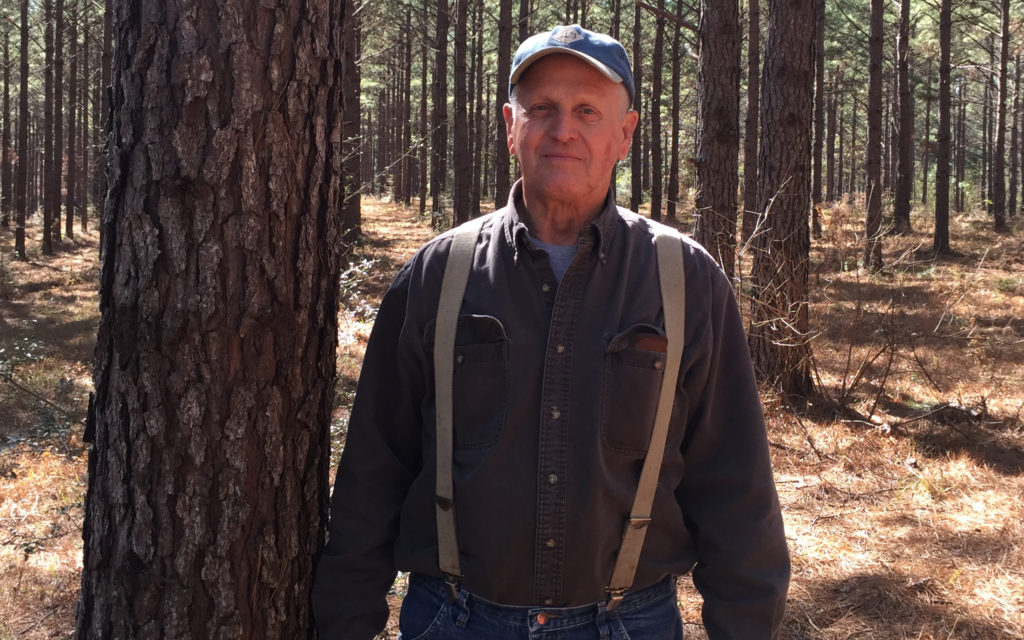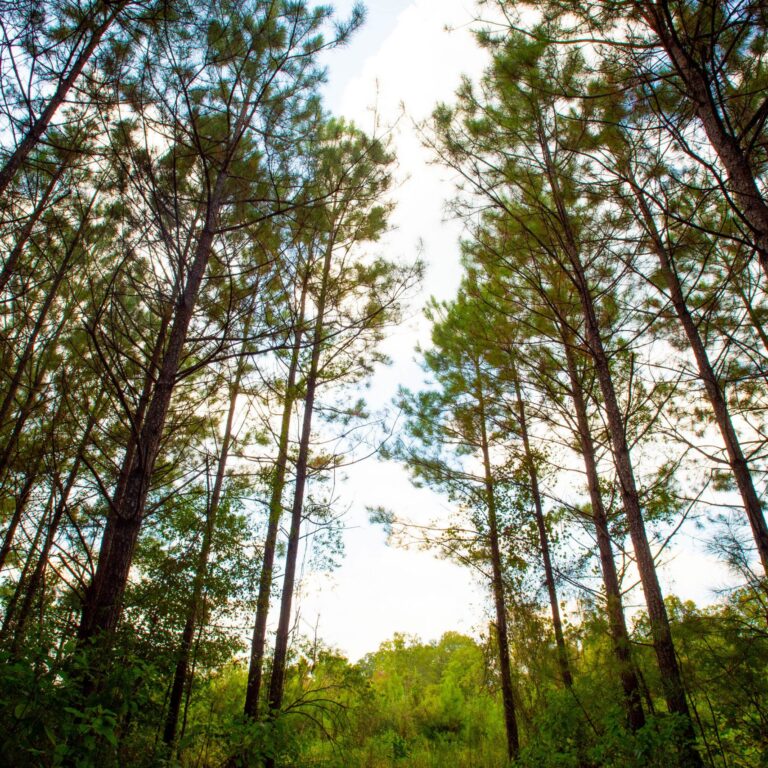Buddy Lewis began working in Mississippi’s forestry industry in the 60s. Back then, forestry was a very different game.
“When I first got started, workers would go out into the forest, cut the trees down with a chainsaw, put the logs over their shoulders and throw them into a truck,” he says. This was in 1968 – since then, a lot has changed.
“That business just doesn’t exist anymore. Now it’s all mechanized. One man on a machine can cut more trees in a day than 15 guys with chainsaws.”
Technology, it turns out, has transformed the forestry industry, just as it has transformed so many other sectors of the economy. So too have customers, and Lewis’ customers today include wood pellet manufacturer Drax Biomass, whose pellets are shipped around the world for use as a renewable, low-carbon fuel to generate electricity.
Yet despite the impacts from mechanization and a shifting customer base, Mississippi’s forests have long been accustomed to change.
Working the land
When Europeans first settled the heavily-forested US south, much of the land in Mississippi was converted to cotton production and cattle pasture. But after years of intensive agriculture, including past practices that damaged soil quality, timber re-emerged as the dominant crop.
“People found the land would no longer grow cotton or root crops,” Lewis explains. “The cattle market would come and go, but a lot of people just found it better and more profitable to grow trees.”
Today, roughly 65% of Mississippi is covered in forests, thanks in large part to the state’s ideal climate and growing conditions. When Lewis first entered the forestry industry in 1968, he quickly recognized the growth opportunities (both literal and figurative) and decided to become a landowner in addition to a timber trader.
“At any stage I could’ve made a living just buying and selling timber. I could’ve made a living without the land. But the opportunity came up,” he says. “If someone says, I’ll take $500 for this land, and you see land that can support at least $500 worth of timber on it, then it makes sense to take it,” he says.
This long-term mindset is common among landowners like Buddy. Not only does such a mindset encourage planting and harvesting decisions that yield a steady income stream over many years, but it also promotes sustainable land management practices that ensure the land remains forested for future generations.

Saw logs, pulpwood and chip-n-saw
Today, Lewis owns roughly 5,400 acres of land. He typically plants 500 trees per acre, and he harvests those trees in three stages. The most valuable trees are sold as ‘saw logs’. These are typically harvested at full maturity – around 25 years of age – and Lewis estimates that each acre will yield roughly 60–80 saw log-quality trees. The remainder will be harvested early as part of a land management regimen known as ‘thinning’. This practice encourages forest health and productivity, and it also support the landowner’s financial well-being by maximizing the number of saw-log quality trees per acre.
The first thinning is performed when a stand of trees reaches 12-14 years of age. During this process, Lewis and other landowners will typically remove between 50 and 65% of the trees on a given acre. The harvested material is referred to as ‘pulpwood’, and it was traditionally sold to paper mills. But in many parts of the South, the pulp and paper industry has consolidated and mills have closed, leading to a shortfall in demand for pulpwood in some markets. Fortunately for Lewis and other landowners, the wood pellet industry has since emerged as an alternative pulpwood buyer to ensure healthy demand exists for this material.
A second thinning is performed several years later, usually when the trees have reached 18 years of age. This harvested material is referred to as ‘chip-n-saw’, and is often sold to sawmills to produce small-dimensional lumber for construction.
A change of seasons
The closure of paper mills across Mississippi and other parts of the South has been hard on many local wood suppliers. And even though Lewis’ primary paper mill customer has remained in business, the addition of new markets – specifically pellets – has placed his business on sturdier ground.
“[Businesses] like Drax take a commodity we already have, and stabilize market demand for [biomass],” he explains.
Despite the many industry changes during his long career, forestry is a job Lewis wouldn’t swap for the world. “The greatest achievement is that I’ve been allowed to grow old in this business. I’m 71 years old and I work every day in the woods and I love it. I can’t conceive of doing anything else.”









